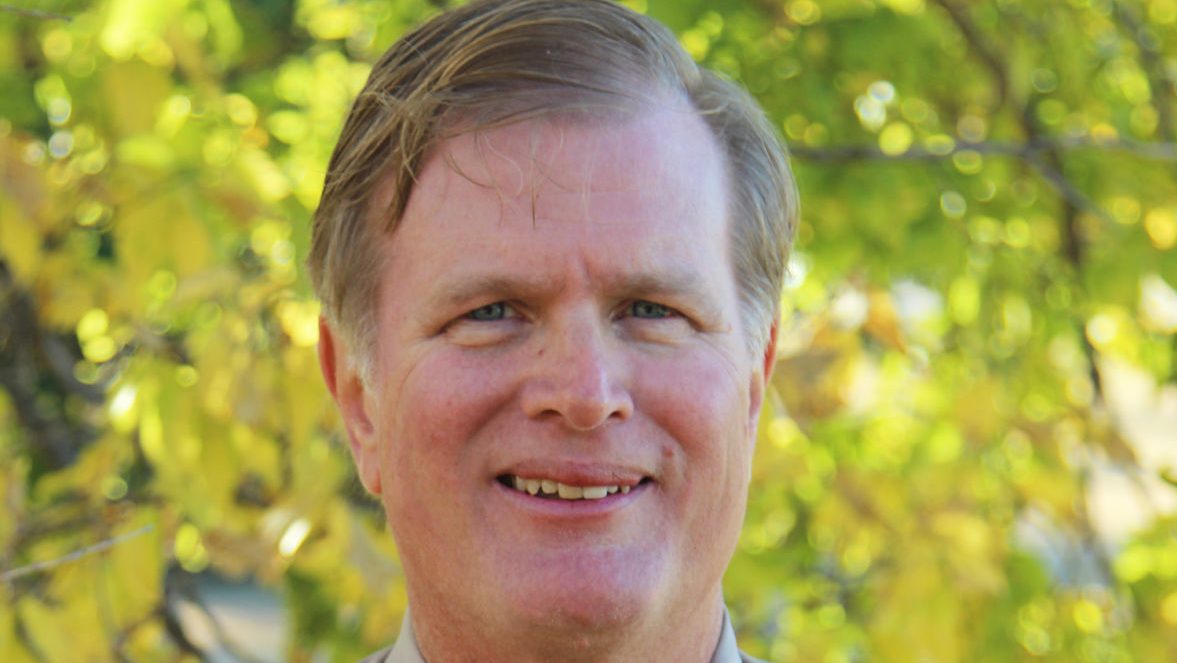A tornado in Iowa on March 5 that killed seven people, including two children, certainly is a sobering way to open a new month as many farmers and ranchers and rural communities are starting to turn their attention to outdoor activities.
Although the calendar may indicate spring is not until March 20, the Iowa tornado and others that have hit the South and Midwest this winter have caused death and hundreds of millions in damage. It is fitting that March 7 to 11 was Severe Weather Preparedness Week in Kansas. Other High Plains states also have awareness campaigns. The information provided by the states and National Weather Service has been on the books for many years and remains the gold standard for preparedness.
Planning and practice are important. Just like planting a spring crop a farmer just cannot put seed in the planter and head to the field. He has to double check to make sure all the coulter blades are working, for example, the hoses are not frayed, and the drive trains are well lubricated. The tractor has to be set up so monitors work at top efficiency. That all has to be accomplished in the days and weeks ahead of when the crop goes into the ground.
Kansas averages 95 tornadoes a year but has seen up to 187 with the peak running from April to June, according to the NWS. Lightning strikes the United States 25 million times and kills 47 people on average each year. The NWS says many of the deaths occur outdoors and are preventable, which is why the phrase “When thunder roars, go indoors” applies.
Damaging winds and large hail are two challenges Mother Nature offers. Hail can exceed softball size and straight-line winds can down trees and destroy property. High waters and flash runoff are associated with floods that kill more people in the U.S. each year than any other thunderstorm-related hazard, according to the NWS. It also led to the popular phrase, “Turn around, don’t drown.”
Expect the unexpected is an important mindset. Ranchers know that if they underestimate the power of a bull or mama cow a serious injury or even death can occur. That is why they talk to their children about not walking up behind the animal and avoiding a blind spot.
Developing a plan that includes adequate shelter and supplies is often neglected. The NWS believes that is also important advance planning. Many accountants and insurance agents also say it is an opportunity to review property insurance coverage.
Watching for severe weather means also paying attention to media outlets and having a weather radio available to get a head start in case severe weather develops. Too many stories abound of people trying to time the storm to maximize efficiency. That formula can be a recipe for disaster.
Each of the High Plains states has stories to tell of rural communities that were devastated from tornado outbreaks and those stories never get easy for the media to cover. Rebuilding takes time. The goal is to save lives because as survivors often say they can rebuild their livelihoods.
Reviewing safety procedures has to be paramount and March is a time to discuss the unpredictability of Mother Nature. A routine of awareness and practice, if need be, has to be reinforced.
Like all preparedness plans none of us hope it is necessary; however, an unopened book on the top of a dusty shelf is not going to help anyone. Preparedness is about participation and has to become a part of a routine.
Dave Bergmeier can be reached at 620-227-1822 or [email protected].

